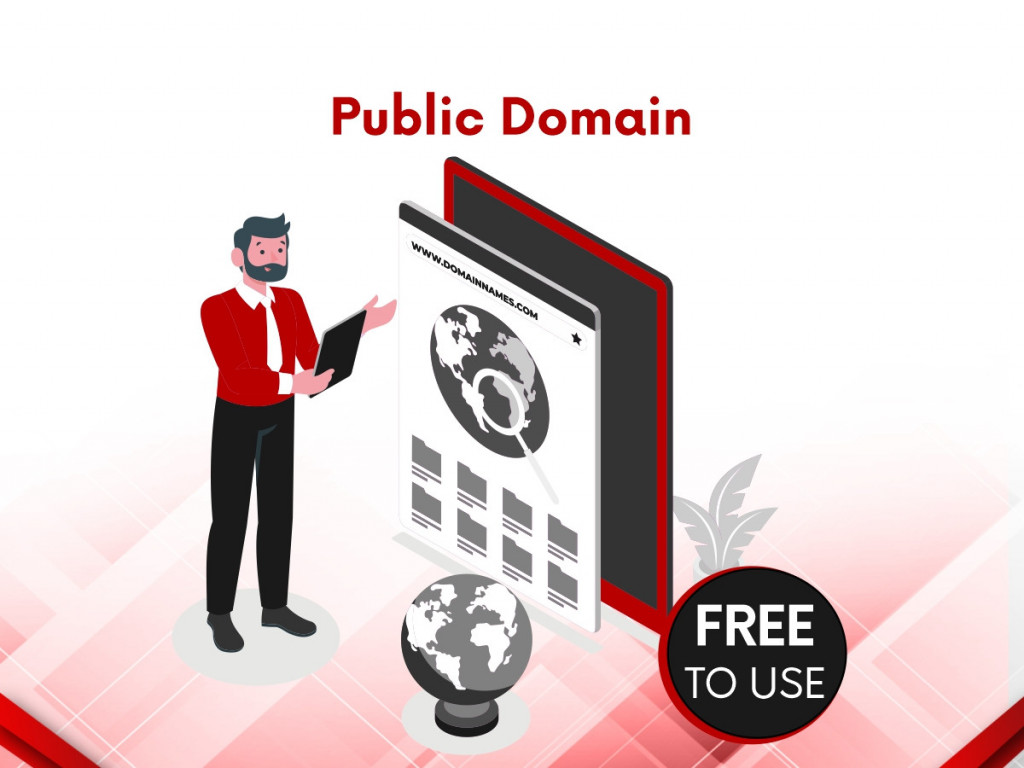
Close


“Public domain” refers to works owned by the general public, no one can ever own it. Public domain material is not protected under any intellectual property rights such as patent laws, trademark, or copyright, since they’re not eligible or maybe because such rights have expired or been lost by the author, either intentionally or through negligence. Anybody can utilize the public domain work without obtaining permission.
Some items are generally in the public domain and are not eligible for IP protection. This contains the following items:
When the IP protection on a piece of work expires, it becomes public domain. This period is usually 20 years from the date of application for patents. Patents can be extended up to five years in exceptional cases. If the patent holder fails to pay maintenance costs, the patent will expire early.
As the law has changed numerous times over the last century, copyright terms are a little more difficult. It’s crucial to figure out when a copyright was published in order to see if it’s expired.
Under U.S. law, works published before Jan 1, 1923, are in the public domain as their original copyrights have already expired.
Anything published and copyrighted between 1923 and 1964, and then renewed in the 28th year, is copyrighted for a period of 95 years.
If content was published and copyrighted between 1964 and 1977, it is protected for 95 years.
If an author publishes something after 1978, it is copyrighted for the author’s lifetime plus 70 years. It is copyrighted for the life of the longest living author plus 70 years if it contains several authors.
If a work was published between January 1, 1978, and December 31, 2002, the copyright is valid until at least 2047.
If anything was written anonymously, it has copyright protection for 95 years from the date of publishing or 120 years from the date of creation, whichever comes first.
If an audio recording was released between Feb 15, 1972, and 1978, or between 1978 and Mar 1, 1979, and does not have a copyright or registration, it is deemed expired.
An owner of copyright might also opt to make the work available to the public domain. In these works, there is generally an explicit declaration such, “This work is committed to the public domain.” Do not mix the public domain with the Creative Commons licensing, in which the creator licenses a work to use without requiring permission but with certain restrictions.
As a basic rule, once anything enters the public domain, no one can sue you for utilizing it since it belongs to everyone and no one can claim exclusive usage.
The public domain is a key source of inspiration, creativity, and discovery for creators and artists and it is part of common cultural and intellectual legacy of humanity. It is important for artists, innovators, creators, universities, and research institutions to have access to knowledge.
Public domain works of art include the Mona Lisa and works of literature by Shakespeare, Poe, and Wordsworth. Reproductions and translations of these works, on the other hand, are not allowed if they were made after 1920.
The second category of work that is always in the public domain is material generated by the United States government. These works are included because they were paid with public cash.
Please Subscribe our news letter and get update.
© Copyright 2023 – Wissen Research All Rights Reserved.
Powered by VintageCoders